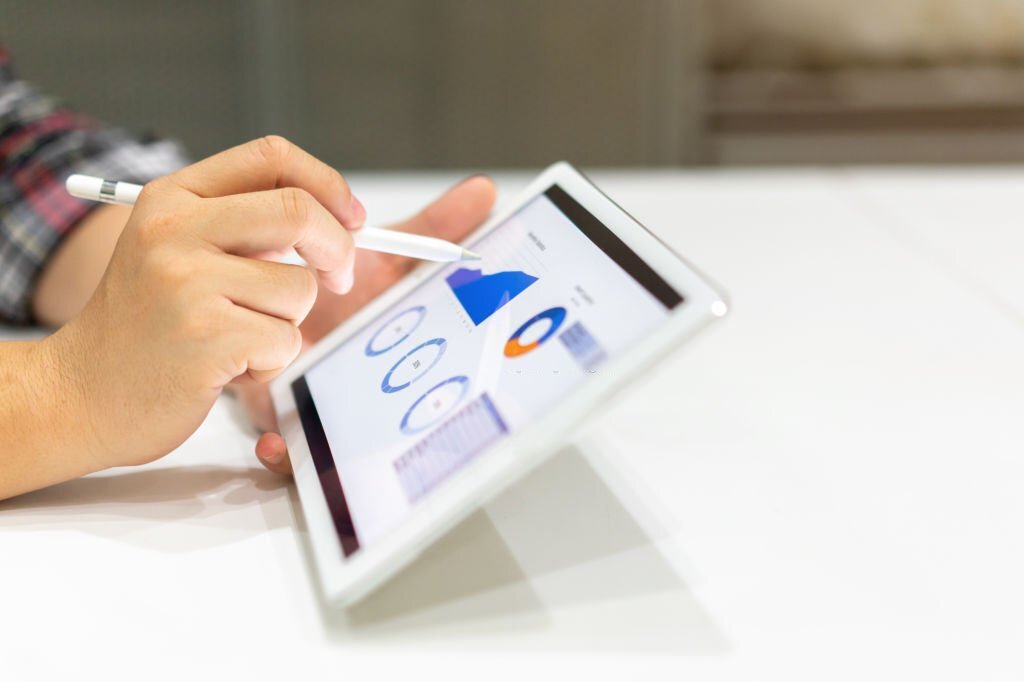The pandemic has posed new market challenges and has added complications for CPG companies across the globe, requiring them to rethink their revenue growth management strategies. Material costs for manufacturing consumer goods products have increased lately, and new consumer behavior emerged in the last two years, leading to skim margins and wavering revenue predictability.
The sector also saw disproportionate growth figures where larger scale companies grew by 0.2%, and their mid or small competitors grew by 2.5%. The company scale is no longer a subject of comparison, but distinguishing factors like product innovation, targeting the right audiences, and social media engagement are the way forward for companies looking for revenue growth.
The consumer goods industry now needs new strategies to get more value from Revenue Growth Management by reducing the pressure from inflation, managing shopping behavior shifts, and continuing price alignment.
Revenue Growth Management (RGM) & Technology
The art of leveraging revenue from customers through strategic planning by utilizing data about customers’ purchase patterns, history of purchases, and purchase channels is what revenue growth management constitutes. Traditionally, RGM was more reactionary, and revenues relied on dynamic pricing or higher growth categories. With evolving purchase patterns, RGM has to take a more sustainable approach based on insights gathered from the data on the field over time.
Here are some reasons why consumer goods companies need to focus on RGM to keep up with changing times and move towards true digital transformation.

- RGM helps digitally transforming companies gain momentum for all futuristic strategies.
- A well-planned RGM motion in action boosts investor trust.
- With RGM, companies can re-invest the additional revenue into the transformation journey without affecting the bottom line.
- A sustainable growth strategy with RGM ensures greater customer satisfaction, boosts customer loyalty, and increases customer lifetime value.
A study by BCG shows that companies with sustainable revenue growth can withstand adversity, and new revenue sources through RGM ensure that the consumer goods company always has a competitive advantage.

How CPGs Can Drive Growth Via Revenue Growth Management
You can no longer rely on old tactics of meeting just the demand. New dynamics of increasing inflation, emerging technology, and consumer behavior are all compelling CPG leaders to rethink their growth strategy with RGM and be ready for the future.
Price Management
Consumer goods companies have to tweak their pricing strategies for long-term growth by considering some of the macroeconomics at play. Run simulations on the impact of price changes on profits and understand product elasticities to identify the sweet spot. Pricing decisions can impact various income groups, and hence the affordability of consumers needs to be analyzed. Another important aspect is increasing online purchases and price transparency in the last few years.
Trade Promotions Investment
A new approach to revenue growth using trade promotions requires understanding the long-term and short-term impact of trade promotions investments and how consumer behavior influences performance. Emerging digital B2B marketplaces and focus on route-to-market excellence are changing how promotions are managed or extended.
Assortment
Having the right product mix ensures that your products are available across channels, retailers, and locations at the right time for better results. However, changing the product mix can improve or worsen the margin, increase or decrease product demand, add complexity or simplicity to the portfolio, or rekindle shopping behavior. For advanced RGM, CPG companies can leverage AI/ML algorithms to perform SKU rationalization to identify best-selling SKUs while recommending dropped SKUs.
—–
Implementing an advanced revenue growth management strategy requires solid analytics. In the last few years, consumer behavior has changed drastically, and the consumer goods industry also faced supply issues and other macroeconomic conditions. To match pace with this changing landscape, CPG companies need a data-driven approach to RGM for better revenue visibility and predictability.